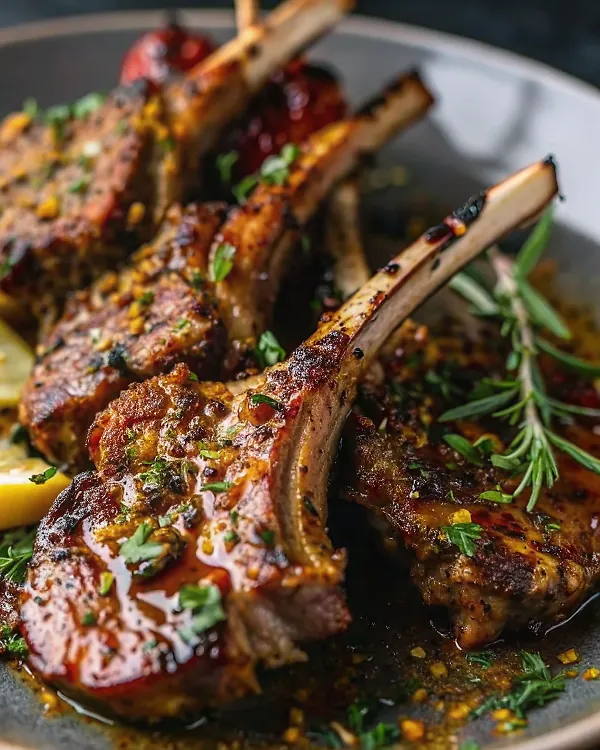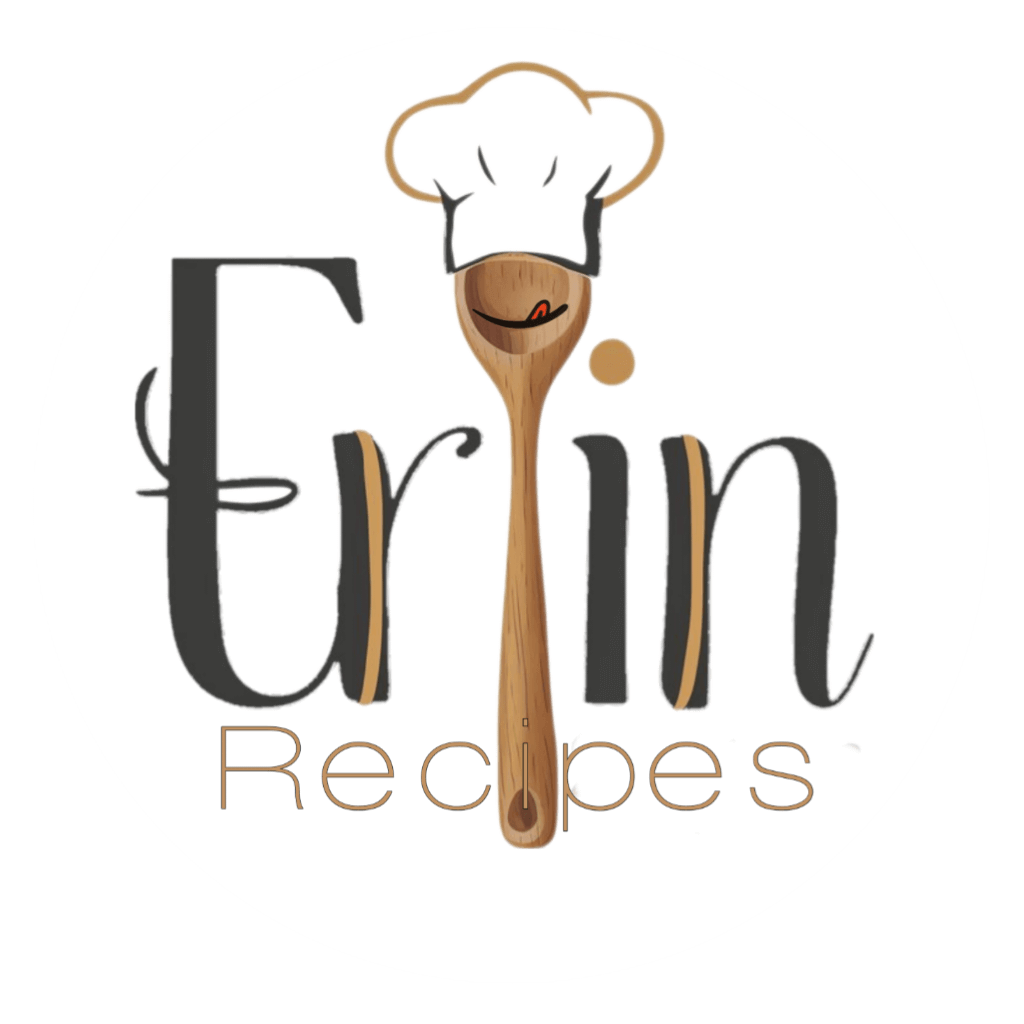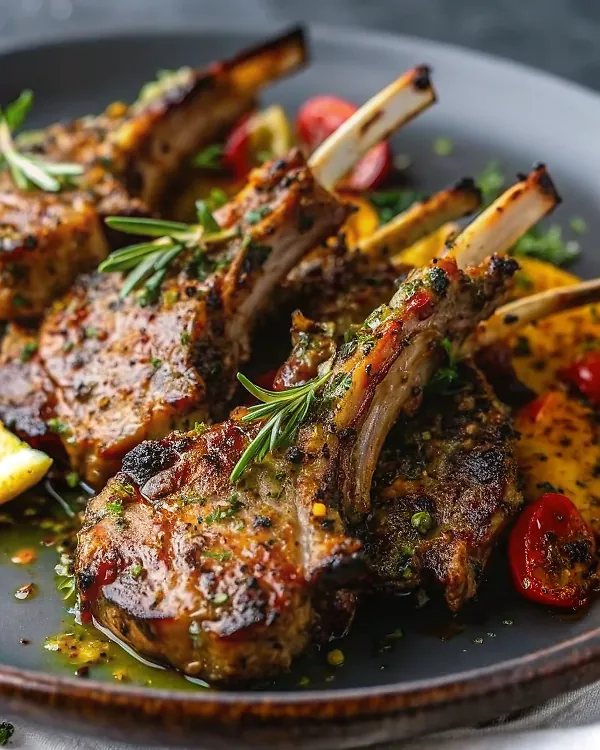Did you know that 78% of home cooks avoided preparing rack of lamb simply because they feared overcooking this premium cut? Yet with the right technique, creating a restaurant-quality mustard and herb crusted rack of lamb recipe became surprisingly achievable in your own kitchen. This elegant dish transformed a special dinner into an unforgettable culinary experience, combining the robust flavors of Dijon mustard with aromatic fresh herbs that created a golden, crispy exterior while keeping the meat perfectly tender inside.
Whether you were planning an intimate dinner for two or hosting a memorable gathering, this foolproof recipe delivered consistent results every time. You discovered professional techniques for achieving that coveted pink center, learned the secret to a perfectly crispy herb crust, and mastered the art of indirect grilling that ensured even cooking throughout.
Why This Mustard And Herb Crusted Rack Of Lamb Recipe Matters
Rack of lamb represented the pinnacle of elegant home cooking, yet many home chefs felt intimidated by this premium cut. This recipe bridged that gap by providing a reliable method that consistently produced restaurant-quality results. The combination of tangy Dijon mustard and aromatic fresh herbs created a flavor profile that enhanced rather than masked the lamb’s natural richness, while the indirect grilling technique ensured perfectly even cooking from edge to center.
External Resources
Before diving into this spectacular recipe, you might have wanted to explore our steak fajitas for another impressive grilled meat dish, or check out our French onion pot roast for more elegant dinner inspiration. For comprehensive information about lamb’s nutritional benefits, visit Lamb 101: Nutrition Facts and Health Effects, and enhance your grilling skills with expert techniques at Techniques & Methods – Come Grill With Me.
Ingredients

|
Ingredient Spotlight
Fresh bread crumbs created the perfect textural contrast, forming a golden crust that locked in juices while adding delightful crunch. Dijon mustard served dual purposes – its tangy acidity tenderized the meat while providing the adhesive base that held our herb mixture in place. The trio of fresh herbs (parsley, mint, and rosemary) created a complex flavor profile where each herb complemented the lamb’s natural richness without overwhelming it.
Timing
|
Instructions
|
Tips & Tricks for Perfect Mustard And Herb Crusted Rack Of Lamb Recipe
|
Recipe Variations & Substitutions
Mediterranean Twist: Replaced mint with fresh oregano and added lemon zest to the breadcrumb mixture for bright, sunny flavors that transported you to the Greek islands.
Moroccan‑Inspired Version: Incorporated ground cumin and coriander into the herb mixture, substituting traditional herbs with fresh cilantro and a pinch of cinnamon for exotic warmth.
Gluten‑Free Adaptation: Replaced breadcrumbs with finely chopped toasted nuts (almonds or pistachios work beautifully) or used certified gluten‑free breadcrumbs.
Dairy‑Free Option: Substituted olive oil with melted coconut oil or additional olive oil if avoiding any dairy‑processed ingredients.
Behind the Recipe
This recipe emerged from countless conversations with professional chefs who emphasized that great lamb cookery relied on respecting the meat’s natural flavors rather than masking them. The inspiration came from observing how French bistros achieved that perfect balance between a crispy, aromatic exterior and a tender, pink interior. After testing various herb combinations and cooking methods, the combination of indirect grilling with fresh herbs proved superior to traditional oven roasting, creating better flavor development while maintaining precise temperature control.
Pairing Ideas
Classic Accompaniments: Served alongside roasted fingerling potatoes with rosemary, steamed asparagus with lemon, or a simple arugula salad dressed with balsamic vinaigrette.
Beverage Pairings: Complemented this elegant dish with sparkling grape juice, freshly brewed mint tea, or a sophisticated pomegranate and lime sparkling water.
Seasonal Vegetables: Spring called for peas and carrots, summer paired beautifully with grilled zucchini, fall demanded roasted root vegetables, while winter welcomed braised cabbage or Brussels sprouts.
Leftover & Reuse Ideas
Next‑Day Sandwich: Sliced leftover lamb thinly and layered on crusty bread with fresh greens and a smear of the remaining herb mixture mixed with mayonnaise.
Elegant Salad Topping: Warmed sliced lamb over mixed greens created an impressive lunch, especially when paired with roasted vegetables and a light vinaigrette.
Pasta Integration: Diced any remaining lamb and tossed with pasta, olive oil, garlic, and fresh herbs for a quick yet sophisticated weeknight dinner.
Nutritional Information
Per serving (based on 5 servings): Approximately 285 calories, 32g protein, 8g carbohydrates, 14g total fat. Lamb provided excellent sources of vitamin B12, zinc, and selenium. The fresh herbs contributed antioxidants and vitamin K, while the olive oil added heart‑healthy monounsaturated fats.
Serving Suggestions
Presentation Style: Arranged individual chops in a fan pattern on warmed plates, drizzling any accumulated juices around the rim for professional presentation.
Family Style: Presented the whole rack on a wooden cutting board with a sharp carving knife, allowing guests to select their preferred number of chops.
Garnish Options: Finished plates with a sprig of fresh rosemary, a few drops of good olive oil, or a sprinkle of flaky sea salt for visual appeal and enhanced flavor.
Common Mistakes to Avoid
Overcooking: Lamb continued cooking after removal from heat, so aimed for 125°F if preferring medium‑rare, as it would reach 130°F during resting.
Skipping the resting period: Cutting immediately caused precious juices to run out, resulting in dry meat despite perfect cooking technique.
Applying herbs too early: Adding the herb crust before initial searing caused burning and bitter flavors – always seared first, then applied the coating.
Using wet herbs: Excess moisture prevented proper browning and could cause the crust to slide off during cooking.
Storage & Reheating Tips
Refrigeration: Stored leftover lamb wrapped in foil for up to 3 days in the refrigerator. The herb crust maintained its texture better when stored separately from accumulated juices.
Reheating Method: Warmed gently in a 300°F oven for 8‑10 minutes, covering with foil to prevent the crust from over‑browning while bringing the meat to serving temperature.
Freezing Guidelines: While possible, freezing compromised the texture of both the meat and herb crust. If necessary, froze for up to 1 month and thawed slowly in the refrigerator before gentle reheating.
- Can I make this mustard and herb crusted rack of lamb recipe in the oven?
- Absolutely! Sear the seasoned lamb in an oven‑safe skillet over high heat, apply the mustard and herb coating, then transfer to a 425°F oven for 12‑15 minutes until it reached 130°F internally.
- Is this mustard and herb crusted rack of lamb recipe suitable for beginners?
- Yes, with careful attention to temperature and timing. The key was using a reliable meat thermometer and following the resting period exactly as described.
- How far in advance can I prepare the mustard and herb crusted rack of lamb recipe?
- You could prepare the herb mixture up to 2 days ahead and apply it to the lamb up to 4 hours before cooking. Stored covered in the refrigerator and brought to room temperature before grilling.
- What temperature should I cook the mustard and herb crusted rack of lamb recipe to?
- For medium‑rare (recommended), cooked to 130°F internal temperature.
- Can I substitute dried herbs in this mustard and herb crusted rack of lamb recipe?
- While fresh herbs provided superior flavor and texture, you could use dried herbs at half the quantity. Mixed them with the breadcrumbs 30 minutes before use to allow rehydration.
FAQs
Conclusion
Mustard And Herb Crusted Rack Of Lamb Recipe

This mustard and herb crusted rack of lamb recipe transformed an elegant cut into an achievable masterpiece that rivaled any fine restaurant. The combination of tangy Dijon mustard with aromatic fresh herbs created a golden crust that perfectly complemented the lamb’s natural richness, while the indirect grilling method ensured consistent, restaurant‑quality results every time.
From the initial searing that developed complex flavors to the final resting period that locked in juices, each step built toward that perfect moment when you sliced through the crispy herb crust to reveal perfectly pink, tender meat inside. Whether celebrating a special occasion or elevating an ordinary evening, this recipe delivered the confidence and technique needed to create memorable dining experiences.
Made these lamb racks? Dropped your twist in the comments, rated the recipe, and tagged us on facebook, instagram with #erinrecipes — we might feature your creation!

